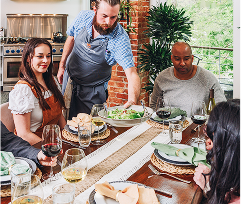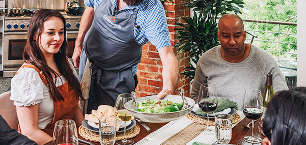Snack Culture 2.0: The Intersection of Technology and Food Consumption Among Youth
It’s official: snacks have taken over the world (or at least our stomachs). From the crunch of chips to the sweetness of candy, we’re snacking at all times of the day, no longer content to simply wait for meal times. And let’s be honest, who can blame us? Snacks are the ultimate combination of convenience and deliciousness, the perfect antidote to hunger pangs and boring work meetings.
As our lives become more fast-paced and our schedules more hectic, snacking has become a way to stay energized and focused, helping us power through the day with a smile (and maybe a few crumbs). And with the rise of technology and social media, snacking has only become more prevalent, as we munch on popcorn while streaming our favorite shows or share photos of our latest snack obsession on Instagram.
But what are the consequences of this snack-tech fusion, particularly for the younger generation? That’s what we’re here to explore. We’ll dive into how technology has impacted the way young people snack, and what it could mean for their physical and mental well-being, as well as their social lives. So grab a snack (or don’t, we won’t judge), and let’s get into it!
The Role of Technology in Snack Culture
It’s no surprise that technology has completely changed the way young people snack these days. Social media, food delivery, and streaming services have had a huge impact on the way we approach snacking.
- Firstly, social media has had a significant impact on food trends and snack culture. Platforms like Instagram and TikTok have popularized new and unique snacks. They become viral sensations and are often shared widely, leading to an increase in the variety of snacks that young people consume. It’s now easier to discover and purchase snacks from around the world with the help of social media.
- Secondly, food delivery apps and online ordering have made it easier than ever to get snacks delivered right to your doorstep. This convenience has led to an increase in snacking frequency and an overall increase in snacking as a central part of the way people eat. Young people, in particular, have been early adopters of food delivery apps and online ordering, resulting in a significant shift in snack culture.
- Lastly, the rise of streaming services has led to an increase in binge-watching, which often goes hand-in-hand with snacking. The ability to watch multiple episodes of a show in one sitting has led to an increase in snacking frequency and an overall increase in snacking as a central part of the way people consume media.
The Impact of Snack Culture 2.0 on Youth
Health concerns
The increase in snacking frequency and the prevalence of technology use have raised concerns about the impact of snack culture 2.0 on youth health. Excessive snacking can lead to weight gain, dental problems, and other health issues, while technology use has been linked to a variety of negative health outcomes.
Psychological effects
Snack culture 2.0 has also raised concerns about the psychological well-being of young people. The constant availability of snacks and the pressure to consume the latest and greatest snacks can contribute to feelings of anxiety and FOMO (fear of missing out). Additionally, the prevalence of binge-watching and snacking can lead to a sedentary lifestyle, which can negatively impact mental health.
Socialization and social norms
Snack culture 2.0 has also had an impact on the way young people socialize and the social norms surrounding snacking. The prevalence of social media and online ordering has led to an increase in individualized snacking habits, which can detract from the communal nature of eating. Additionally, the pressure to consume the latest and greatest snacks can contribute to social pressure and exclusivity, potentially creating a sense of division between those who can afford to keep up with the latest trends and those who cannot.
The Future of Snack Culture
Predictions
As technology continues to evolve, it is likely that it will continue to shape snack culture in new and unexpected ways. For example, the rise of virtual and augmented reality may lead to new types of snacking experiences, while advances in food science may lead to new types of snacks that are healthier and more sustainable.
Also Read: Eating with a Conscience: Sustainable Seafood Choices
Possible consequences
It is important to consider the possible consequences of the continued evolution of snack culture 2.0. While technology has made snacking more convenient and accessible than ever before, it has also led to concerns about the impact on health, socialization, and the environment. It is important to consider the trade-offs of these technological advancements and strive for a balance between convenience and sustainability.
Balance
To balance technology use and healthy snack habits, it is important to be mindful of snacking frequency, the nutritional value of snacks, and the environmental impact of snack consumption. Additionally, it is important to recognize the social and psychological implications of snack culture 2.0 and strive to foster a healthy relationship with snacking that is grounded in moderation and mindfulness.
Conclusion
So that’s it for our deep dive into the world of snack culture 2.0 and its impact on young people. We covered a lot of ground, from the role of technology in shaping the way we snack to the potential consequences for our health, environment, and socialization. As we move forward, it’s crucial that we continue to reflect on these implications and strive for a balance that works for everyone. This may mean more research on the psychological and social effects of snack culture 2.0, as well as new ways to promote healthy snacking habits that are mindful and sustainable. We’re excited to see what the future holds for snack culture and technology, and we hope you are too!



 Settings
Settings
 Gift Card
Gift Card Blog
Blog Locate Us
Locate Us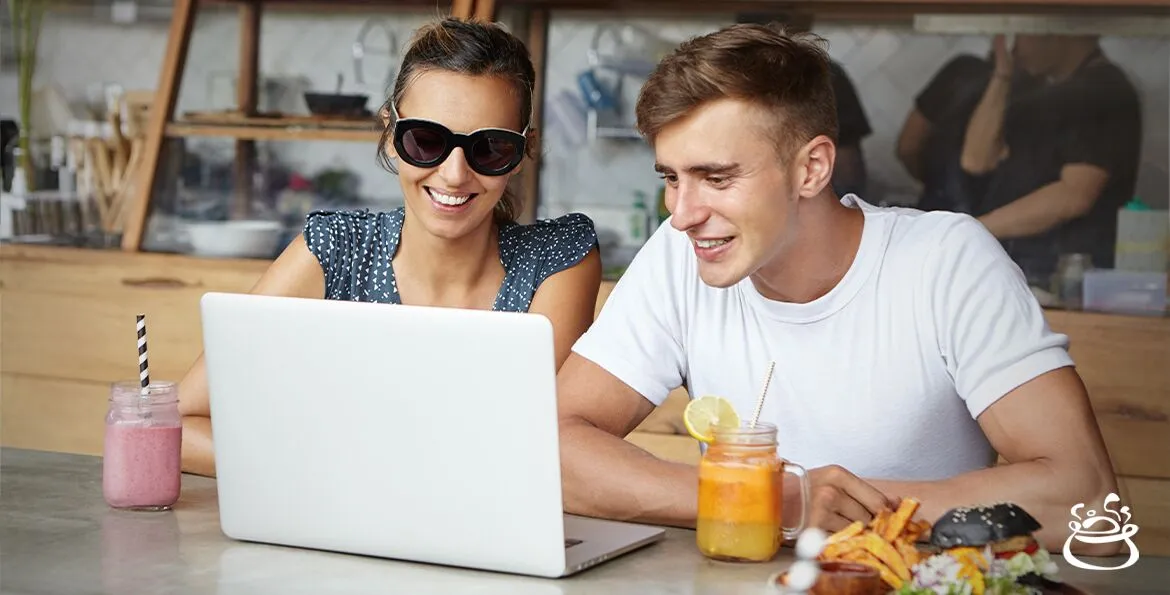

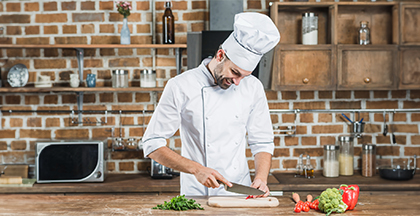

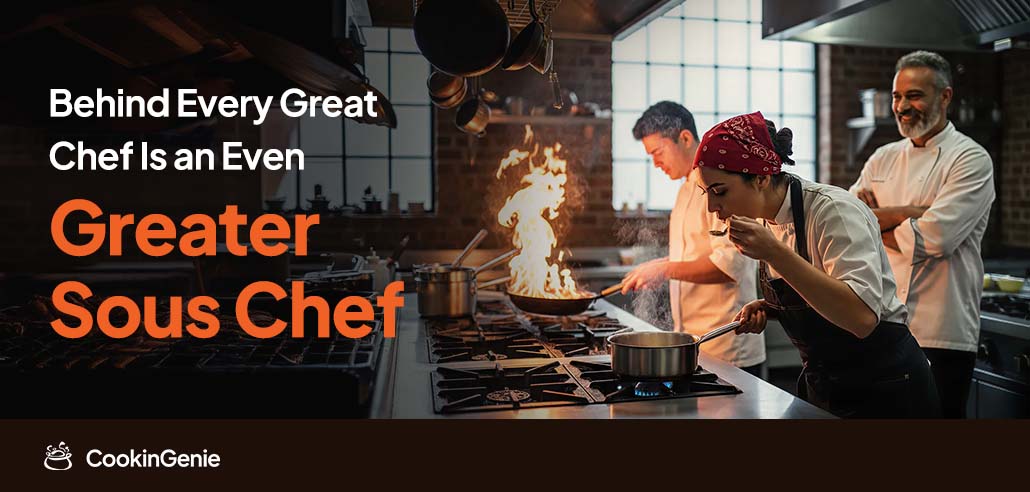
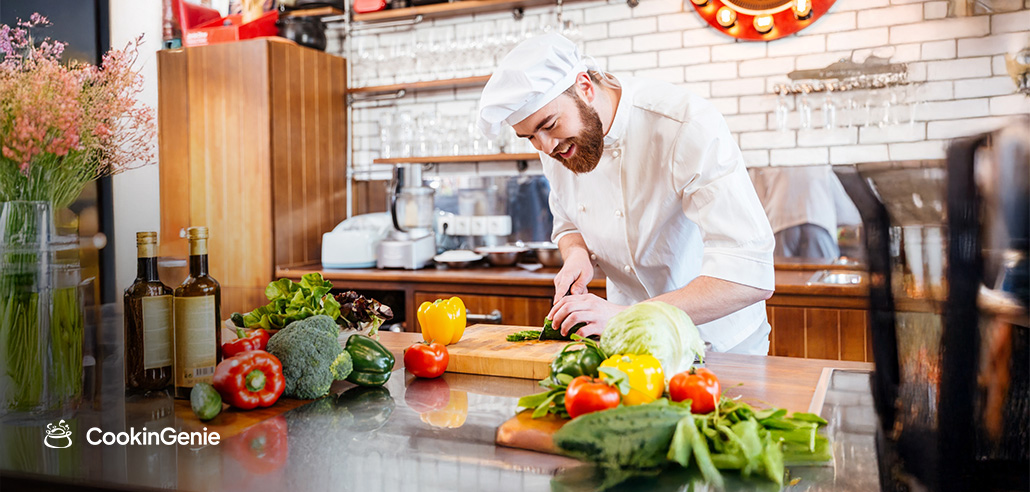

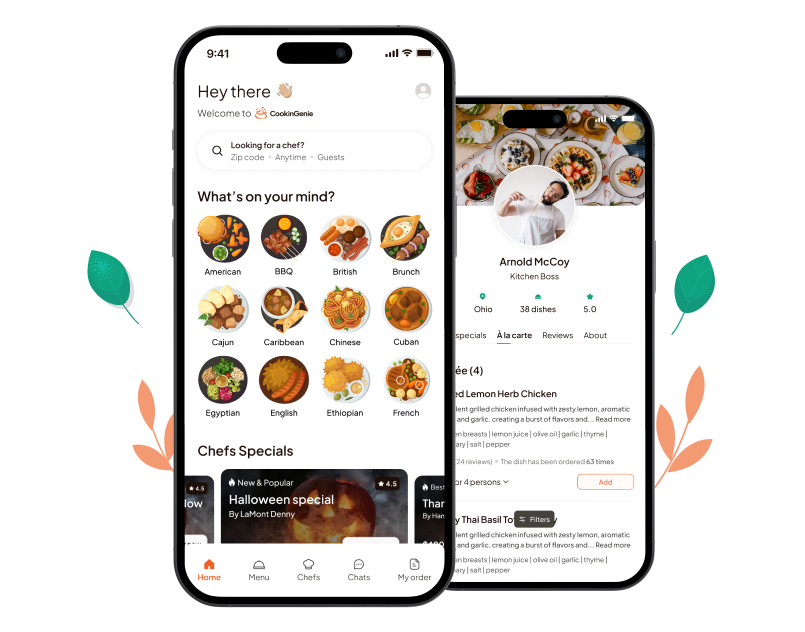



 Home
Home
 Chefs
Chefs
 Chats
Chats
 My Order
My Order


